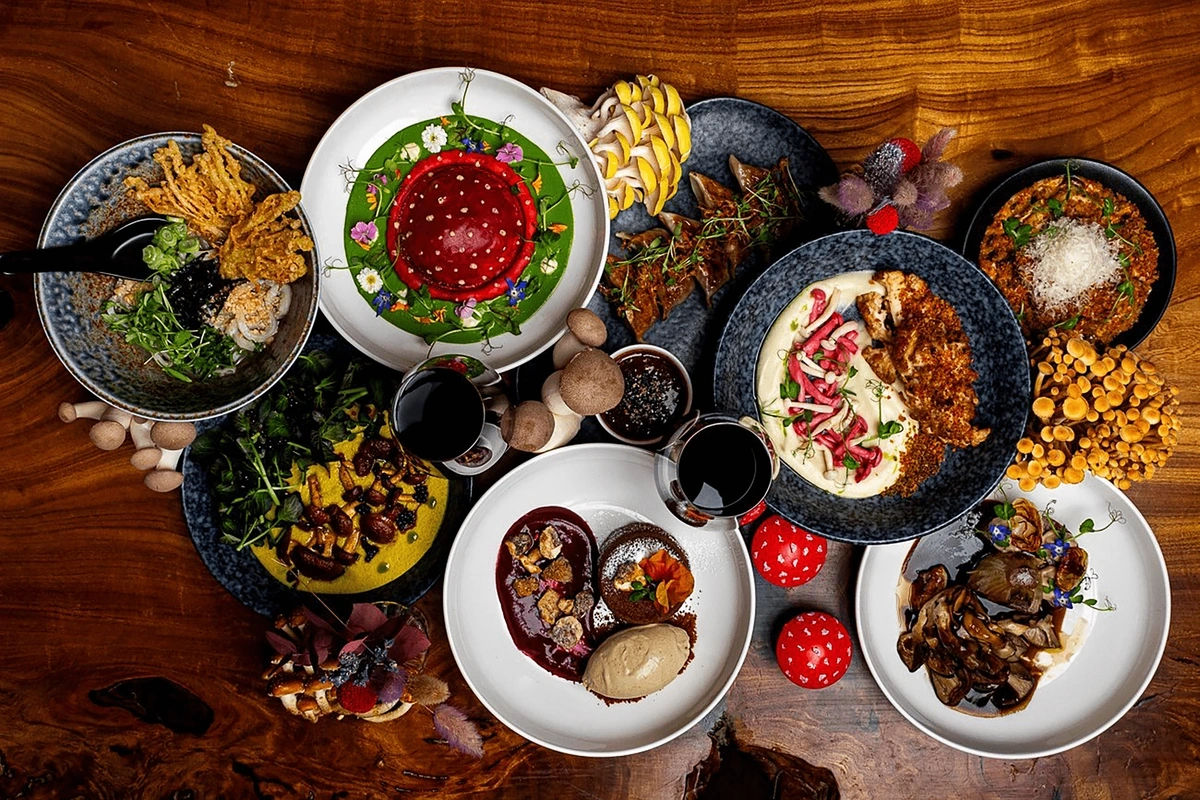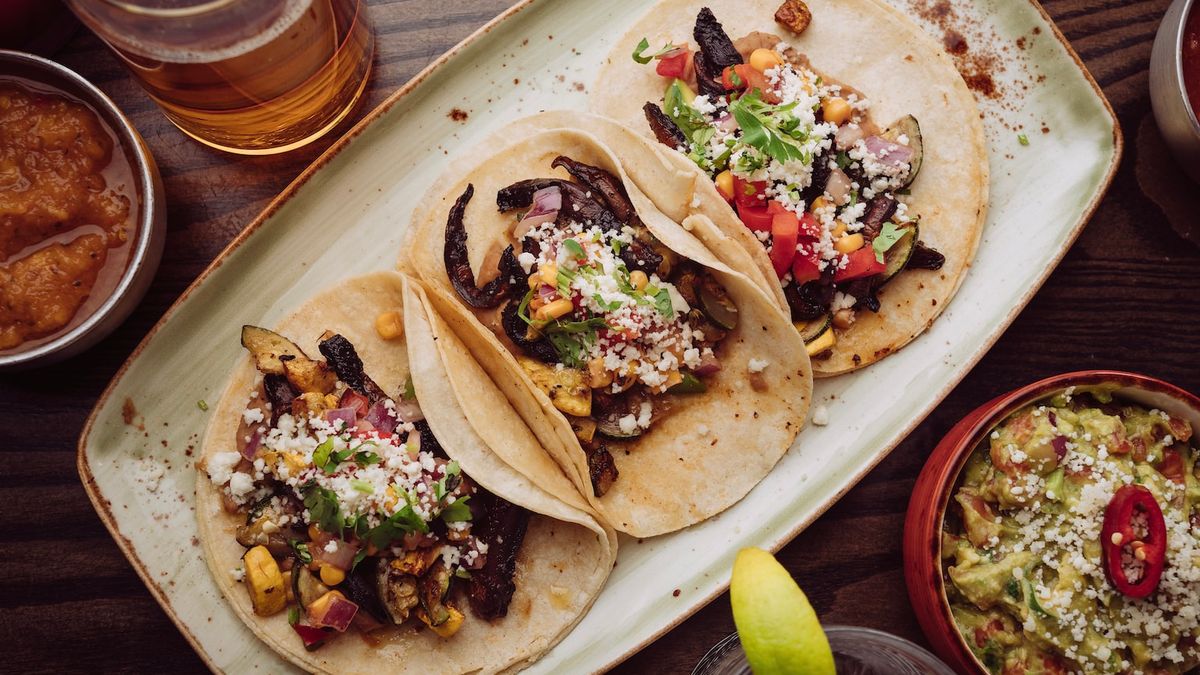The culinary landscape in 2025 is experiencing a dynamic shift, influenced by advancements in technology, heightened environmental awareness, and a renewed appreciation for cultural diversity. From sustainable practices to innovative dining experiences, here are the top 10 food trends making waves this year.
1. Hyper-Local Microgreens
Urban farming has taken a leap forward with the rise of hyper-local microgreens. These nutrient-dense plants, cultivated in city environments, are finding their way into dishes across the globe. Chefs are incorporating microgreens into salads, sandwiches, and garnishes, offering fresh flavors and a sustainable sourcing model. This trend reflects a growing interest in supporting local agriculture and reducing food miles.
2. AI-Personalized Nutrition
Artificial intelligence is revolutionizing personalized nutrition. In 2025, AI-driven apps analyze individual DNA, lifestyle, and health data to create tailored meal plans. These smart solutions suggest recipes and products that align with personal health goals, such as managing blood sugar levels or enhancing gut health. This trend signifies a move towards more individualized and data-driven dietary choices.
3. Fermentation Renaissance
Fermented foods are experiencing a resurgence, with both traditional and novel ferments gaining popularity. Items like kimchi, kefir, and kombucha are being joined by innovative creations such as fermented cactus and purple yam miso. These foods are celebrated for their probiotic benefits and bold flavors, contributing to gut health and offering unique culinary experiences.
4. Seaweed Snacks 2.0
Seaweed is emerging as a versatile snack ingredient beyond its traditional use in sushi. In 2025, products like seaweed chips, seaweed jerky, and seaweed-based popcorn are gaining traction. These snacks are rich in umami and minerals, offering a sustainable and health-conscious alternative to conventional snack options.
5. Nostalgia Remixed
Comfort foods are undergoing a transformation, blending nostalgic flavors with modern twists. Classic dishes like mac and cheese are being reimagined with gourmet ingredients such as truffle-infused sauces or plant-based cheeses. Retro desserts like Jell-O are being reinvented as artisanal, fruit-forward gelatins. This trend reflects a desire to reconnect with familiar tastes while exploring new culinary horizons .
6. Edible Packaging
In response to environmental concerns, edible packaging is gaining popularity as a sustainable alternative to plastic. Innovations include seaweed-based wrappers for burgers, rice starch films for snacks, and chocolate coatings that double as dessert. These edible solutions aim to reduce food waste and packaging pollution, aligning with eco-conscious consumer preferences.
7. Zero-Waste Cooking
Zero-waste cooking is becoming a mainstream practice, emphasizing the use of every part of an ingredient to minimize food waste. Chefs and home cooks are creatively utilizing vegetable peels, stems, and seeds in broths, sauces, and other dishes. This approach not only reduces waste but also encourages culinary creativity and resourcefulness.
8. Functional Foods and Nutraceuticals
The demand for functional foods—those enriched with probiotics, vitamins, and adaptogens—is on the rise. Products like kombucha with added antioxidants, protein shakes fortified with omega-3s, and snack bars containing collagen peptides are becoming dietary mainstays. These foods cater to consumers seeking health-specific benefits, such as stress reduction and immune support.
9. Regenerative Agriculture
Regenerative agriculture is gaining momentum as a sustainable farming practice that goes beyond sustainability by actively restoring soil health, increasing biodiversity, and improving water cycles. Brands and farms practicing regenerative agriculture are creating foods that not only taste good but also help heal the planet. This trend emphasizes transparency and environmental stewardship in food production.
10. Hyperlocal Sourcing
The hyperlocal sourcing movement has matured from a simple procurement strategy to a proven approach to culinary innovation and community engagement. Forward-thinking establishments are cultivating deep, strategic partnerships with local producers, transforming ingredient sourcing into a collaborative process influencing agricultural practices and menu development. This approach enhances culinary distinctiveness and supports regional economies and sustainability efforts.
Conclusion
The food trends of 2025 reflect a convergence of innovation, sustainability, and personalization. From AI-driven nutrition to regenerative farming practices, the culinary world is embracing change to meet the evolving demands of consumers. Whether you’re a food enthusiast or a culinary professional, staying informed about these trends can offer fresh perspectives and inspire new culinary endeavors.

